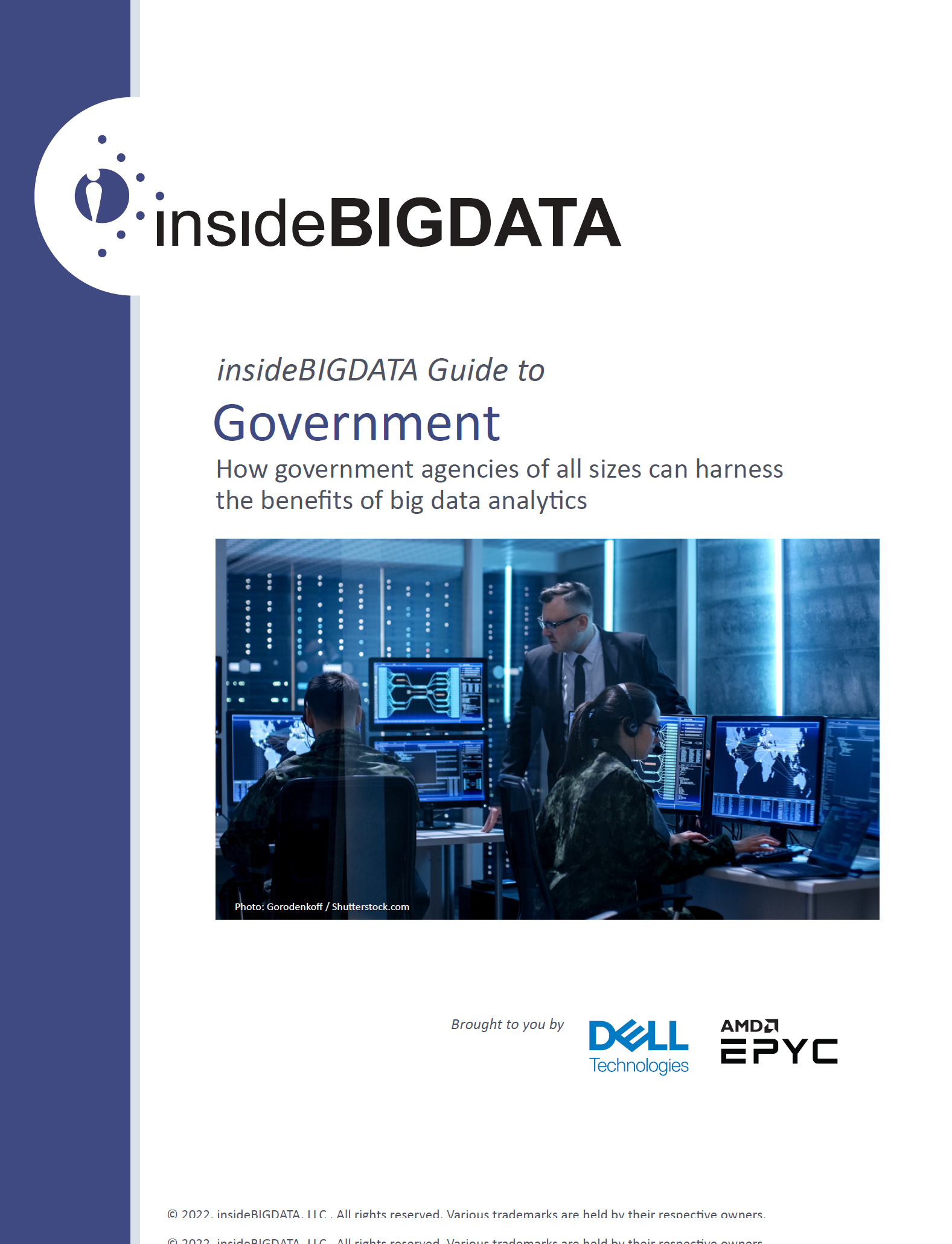Sponsored Post
Introduction
Big data is big business, particularly in the government sector. According to market researchers at IDC, worldwide spending on big data and business analytics solutions grew 10.1% in 2021 to total an estimated $215.7 billion. And a lot of that spending came from the public sector as the government was among the top six industries for overall expenditures related to big data analytics.
Government entities were among the earliest adopters of big data analytics technology and they have seen some of the biggest benefits. But some public entities—particularly smaller, more local organizations—have plenty of room for improvement.
It’s easy to see how large national government agencies use big data analytics to understand changing demographics, economic indicators, and the progress of the Covid-19 pandemic. But the impact of big data analytics in regional or local government can be equally if not more profound. In a paper titled “How to Do Data Analytics in Government”, Harvard-sponsored Data-Smart City Solutions says:
“The continued adoption of analytics in city governments shows no sign of slowing, and as even more sophisticated tools such as machine learning and artificial intelligence are deployed, there is a critical need for research on how these practices are reshaping urban policy. By examining and capturing lessons learned from city-level analytics projects, practitioners and theorists alike can better understand how data- and tech-enabled innovations are affecting municipal governance.”
This white paper, “insideAI News Guide to Government,” from Dell Technologies and AMD does some of that work of examining big data analytics projects in government and recommending 15 lessons government agencies can learn.
Government roles in big data
The World Bank Group report “Big Data in Action for Government” points out that public agencies play three major roles in the big data ecosystem: consumer, producer, and facilitator.
In their role as a big data consumer, government agencies make use of public or commercial datasets. For example, public organizations can use free deforestation data from Global Forest Watch to monitor the health of the environment around the globe and enforce local laws. And police forces can access paid services like PredPol, which use machine learning to calculate where, when, and what type of crime is likely to occur.
As a big data producer, the government creates data and makes it available to other organizations or the public at large. For example, you can go to Analytics.usa.gov and see some analytics about which US government websites are currently the most popular. Or you could visit Census.gov and obtain a host of raw and analyzed US demographic data that could be useful for any number of purposes.
As a big data facilitator, government has a responsibility to pass and enforce legislation that protects privacy while still allowing organizations to conduct analytics. Government can also play a role in supporting big data technology research.
However, the true benefits of big data do not come from simply consuming, producing, or facilitating the creation of big data. The true benefits come the application of analytics to that data.
Over the next few weeks we’ll explore these topics:
- Introduction; Government roles in big data
- Benefits of big data analytics for government
- 15 things your organization can do to improve your use of big data analytics; Choosing the right infrastructure for big data
Download the complete insideAI News Guide to Government technology guide courtesy of Dell Technologies and AMD.





Speak Your Mind